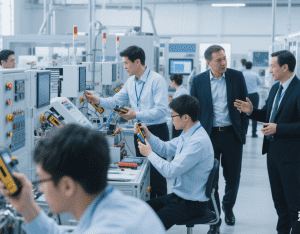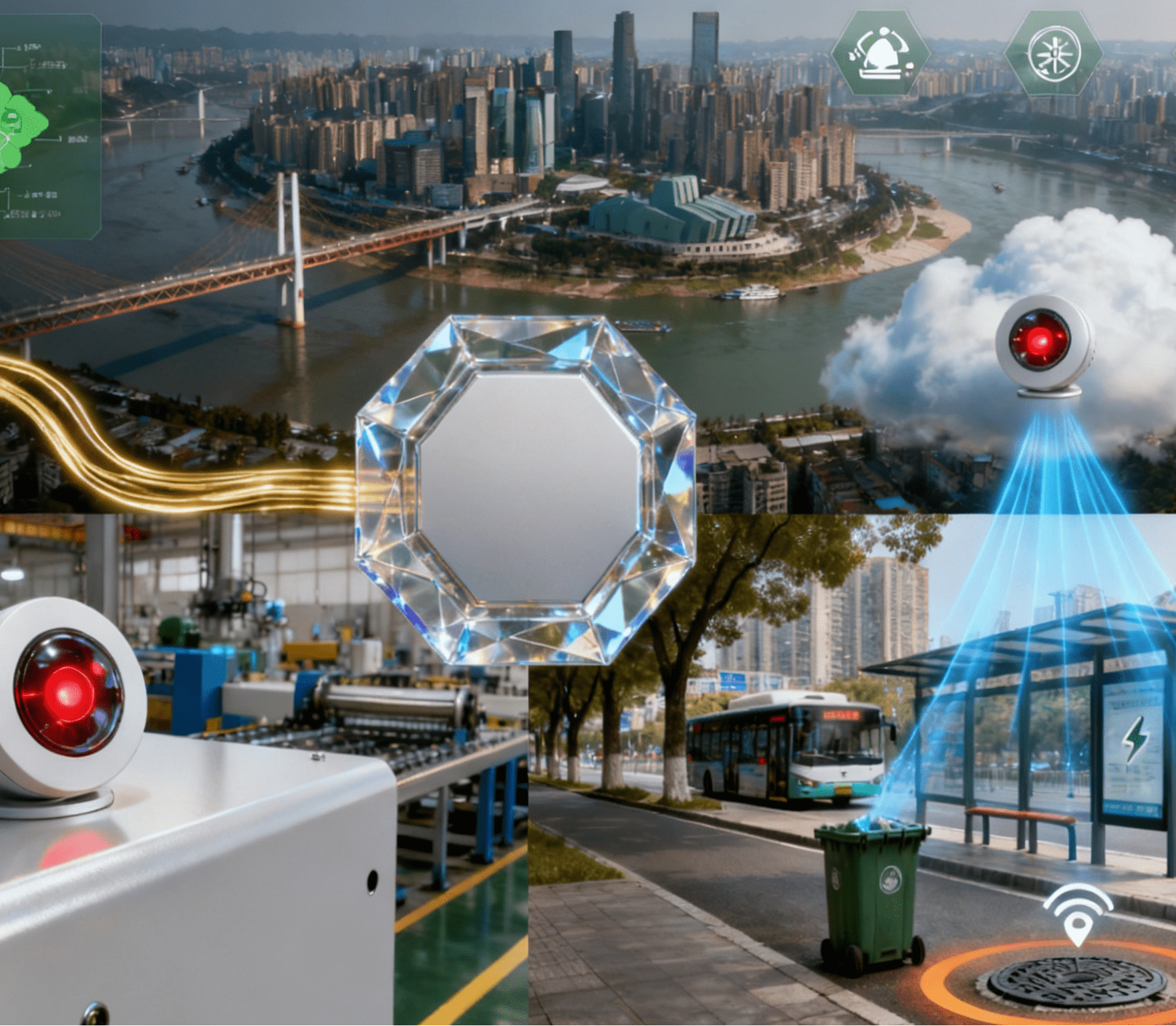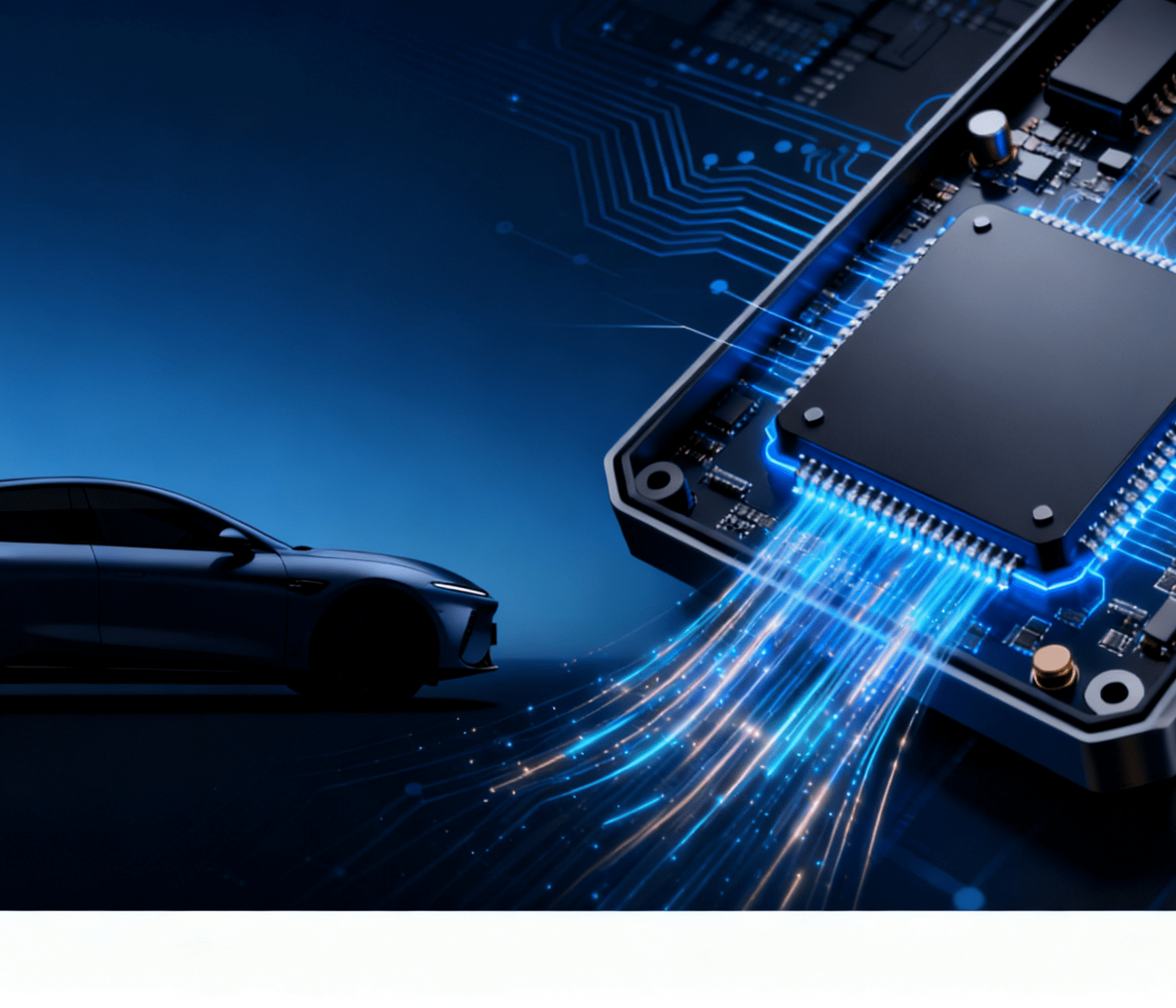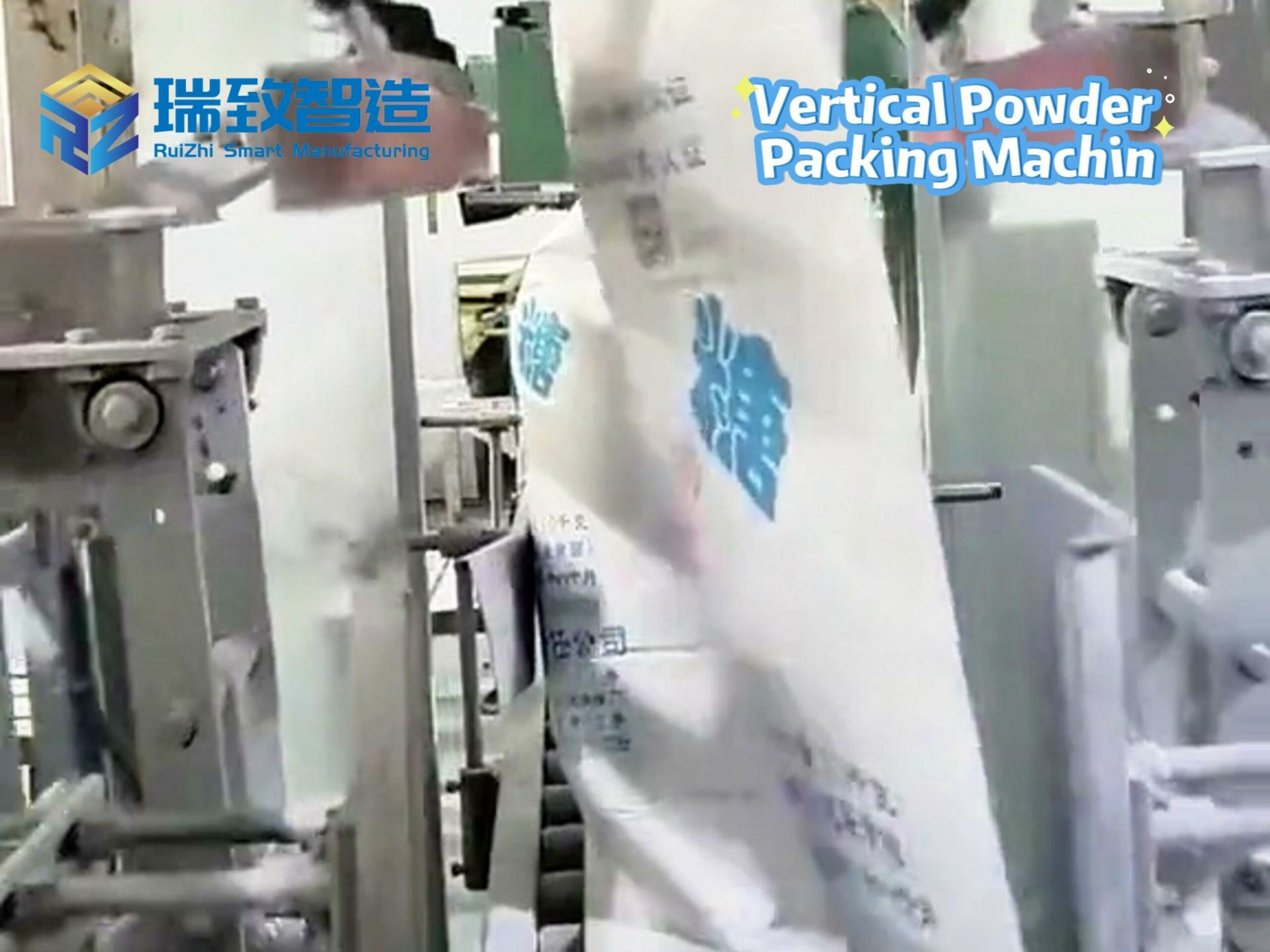The Lean-AI Revolution: Where Leadership Ingenuity Meets Intelligent Automation

In an era where manufacturing excellence demands both precision and adaptability, the fusion of Lean principles and AI—what we call Lean-AI—has emerged as a transformative force. Nowhere is this more evident than in industries like Bathroom Fixture Assembly Equipment, where traditional workflows must evolve to meet rising consumer expectations for customization, efficiency, and sustainability. Lean-AI isn’t just about deploying smarter machines; it’s about reimagining culture, leadership, and process—even in sectors as seemingly traditional as bathroom fixture production—to create systems that are leaner, more intelligent, and inherently human-centered.
The Lean-AI paradigm challenges organizations to move beyond mere automation. For a Bathroom Fixture Assembly Equipment manufacturer, this means transcending repetitive tasks like screw tightening or component alignment to build a culture where AI enhances human ingenuity. Consider a faucet assembly line: Lean-AI could deploy predictive AI to forecast demand for rainfall-style showerheads, optimize raw material inventory, and minimize overproduction—all while empowering technicians to refine designs using real-time quality data. “It’s not about replacing workers,” notes Lean-AI advocates, “but about freeing them to solve problems that machines can’t, like innovating water-saving features or improving ergonomic designs.”
At the core of Lean-AI lies the integration of AI’s predictive power with Lean’s waste-elimination principles. In bathroom fixture manufacturing, this translates to:
- Predictive Precision: AI algorithms analyze historical data on faucet leaks or handle failures to pre-empt maintenance on assembly robots, reducing downtime in Bathroom Fixture Assembly Equipment.
- Customer-Centric Agility: By analyzing consumer reviews, AI identifies trends (e.g., demand for touchless faucets) and adjusts production lines in real time, ensuring manufacturers stay ahead of market shifts.
- Empowered Teams: Robotic systems automate repetitive assembly steps, allowing engineers to focus on enhancing product durability or designing eco-friendly water flow systems—tasks that require human creativity and domain expertise.
Yet technology alone cannot drive this transformation. As the Shingo Guiding Principle emphasizes, “Respect Every Individual” is non-negotiable. In a Bathroom Fixture Assembly Equipment plant, this means involving frontline workers in AI tool design—for example, collaborating with technicians to develop machine vision systems that detect subtle surface defects they’ve historically identified by hand. Transparent communication about AI’s role (“This tool will reduce your repetitive tasks, not your role”) and reskilling programs build trust, turning resistance into collaboration.
Leadership in the Lean-AI era demands a “human-first” lens, as exemplified by Satya Nadella’s culture-driven revival of Microsoft. For bathroom fixture industry leaders, this means:
- Vision with Empathy: Asking, “How can AI make our workers’ jobs more meaningful?” rather than “How much can we automate?”
- Ethical Agility: Ensuring AI-driven decisions in Bathroom Fixture Assembly Equipment—such as prioritizing eco-materials or reducing water waste—align with sustainability goals and regulatory ethics.
- Continuous Learning Culture: Training teams to use AI tools (e.g., predictive maintenance dashboards) while fostering a mindset of experimentation. When a manufacturer tests a new AI-driven quality control system, leaders encourage feedback, treating errors as learning opportunities.
The Amazon Go model, while innovative, underscores the need for Lean-AI’s human-centric ethos. In contrast, a bathroom fixture company adopting Lean-AI might use AI to optimize inventory but retain human workers for final product inspection, ensuring craftsmanship and accountability. As Toyota proved with jidoka (“automation with a human touch”), the ability to pause production for quality reasons—now enhanced by AI alerts—roots excellence in human judgment.
As a Lean sensei, I’ve witnessed firsthand how merging AI with Lean’s cultural principles creates unstoppable momentum. For Bathroom Fixture Assembly Equipment and beyond, Lean-AI is not a technology trend but a leadership imperative. It’s about using AI as a “supplement,” not a substitute, to human intuition, empathy, and creativity. The future of manufacturing—whether in robotics or bathroom fixtures—will be led not by algorithms, but by leaders who dare to blend ingenuity with intelligence, creating cultures where every individual thrives.
In this revolution, the true superpower lies in one simple truth: AI can automate processes, but only humans can infuse purpose into them. As we shape the next era of industry, let’s remember that Lean-AI’s greatest achievement will be not in the machines we build, but in the people we empower.




















